#Timeless #Allure #Antique #Chairs #Comprehensive #Guide
When it comes to adding character, history, and elegance to your home, few furniture pieces can rival the charm of antique chairs. From ornate designs of the Baroque period to the refined simplicity of Mid-Century Modern, antique chairs provide a glimpse into the craftsmanship and aesthetics of bygone eras. Whether you’re an avid collector or a design enthusiast, understanding the wide variety of antique chairs can help you choose the perfect piece to complement your space.
What Defines an Antique Chair?
In the world of antiques, a chair is generally considered “antique” if it is over 100 years old. These chairs are often characterized by meticulous craftsmanship, high-quality materials, and designs that reflect the cultural and artistic influences of their time. Furthermore, many antique chairs feature intricate details such as hand-carved wood, inlaid patterns, or luxurious upholstery that showcase the artistry of their makers.
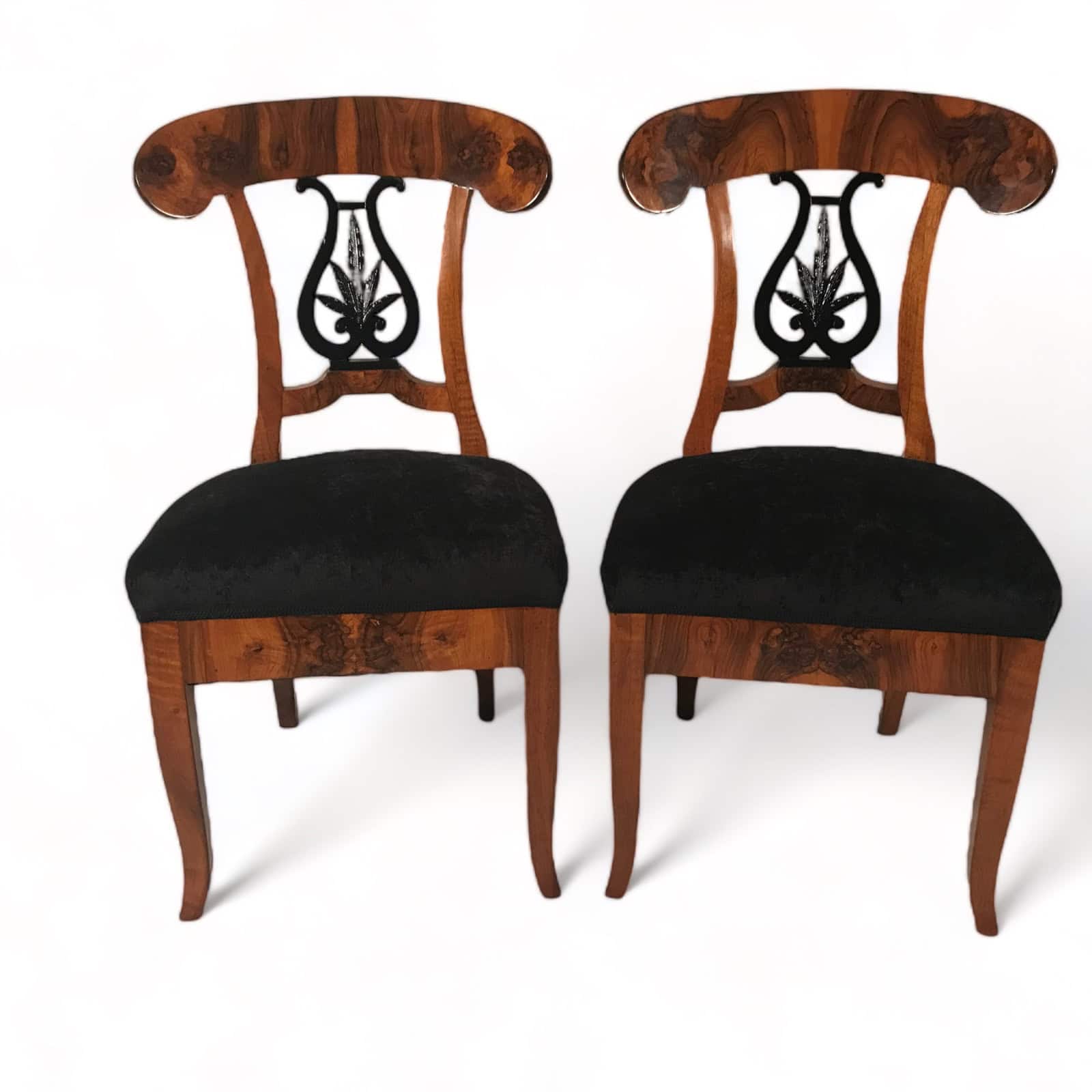
Popular Styles
1. Baroque Chairs (1600-1750)
Baroque chairs are known for their opulent designs, featuring heavy ornamentation, elaborate carvings, and gilded details. Originating in Italy and spreading across Europe, these chairs often included motifs like cherubs, acanthus leaves, and scrollwork. Materials like walnut and oak were commonly used, and upholstery frequently included rich fabrics such as velvet or brocade.
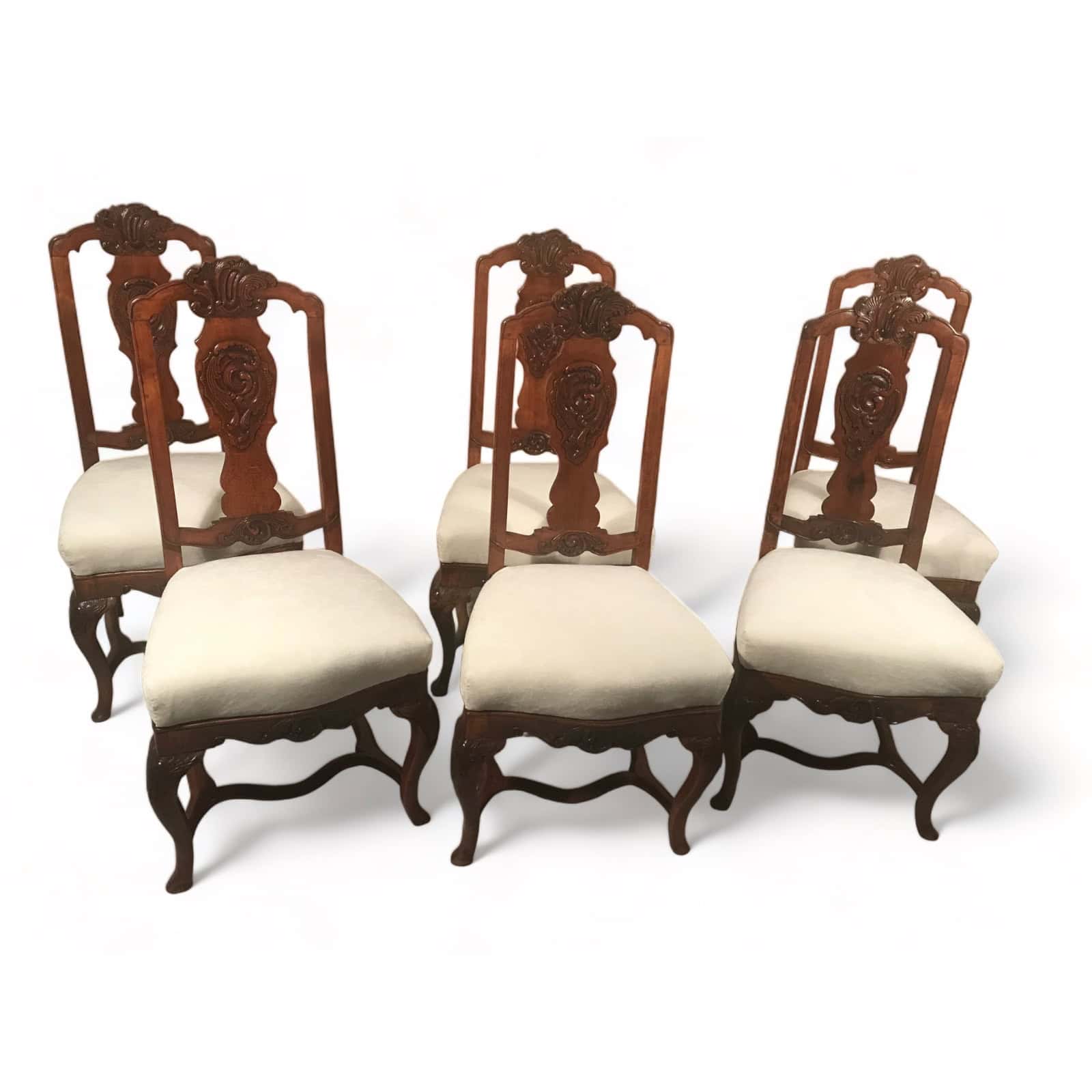

2. Rococo Chairs (1730-1770)
The Rococo style brought a lighter, more playful aesthetic to furniture design. Chairs from this period feature asymmetrical curves, floral motifs, and pastel-colored upholstery. These pieces are often smaller and more delicate compared to their Baroque predecessors, making them a great fit for romantic or feminine interiors.
3. Louis XVI Chairs (1774-1793)
The Louis XVI style emerged during the reign of King Louis XVI of France and is synonymous with neoclassicism. Antique chairs from this era are characterized by straight lines, fluted legs, and motifs inspired by ancient Greece and Rome, such as laurel wreaths and rosettes. Popular materials include painted or gilded wood paired with silk or damask upholstery.
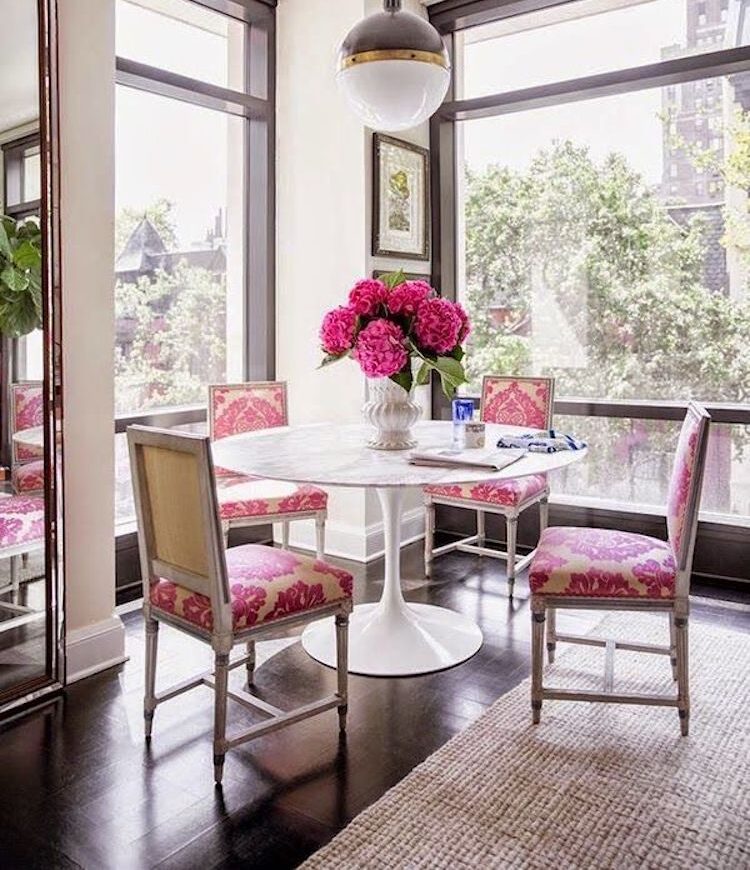

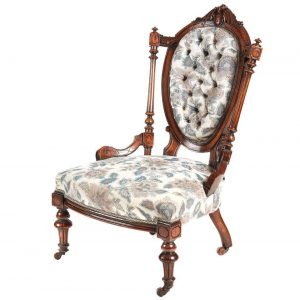

4. Regency Chairs (1811-1820)
Hailing from England, Regency chairs emphasize elegance and symmetry. Mahogany was a favored material, often adorned with brass inlays. The designs featured a blend of classical influences, such as Roman and Egyptian motifs, creating a distinctive and sophisticated look.
5. Victorian Chairs (1837-1901)
The Victorian era ushered in a wide variety of styles, from Gothic Revival to Rococo Revival. Victorian chairs are known for their intricate carvings, dark woods like rosewood and walnut, and plush upholstery. Button-tufted backs and ornate detailing make these chairs a statement piece in any room.
6. Biedermeier Chairs (1815-1848)
Biedermeier chairs originated in Central Europe during the early 19th century and are celebrated for their understated elegance and functionality. These chairs often feature clean lines, minimal ornamentation, and high-quality woods like cherry, walnut, and birch. Veneer work is a hallmark of Biedermeier design, with patterns that highlight the natural beauty of the wood grain. In addition, the style’s simplicity makes these chairs a versatile addition to both traditional and modern interiors.
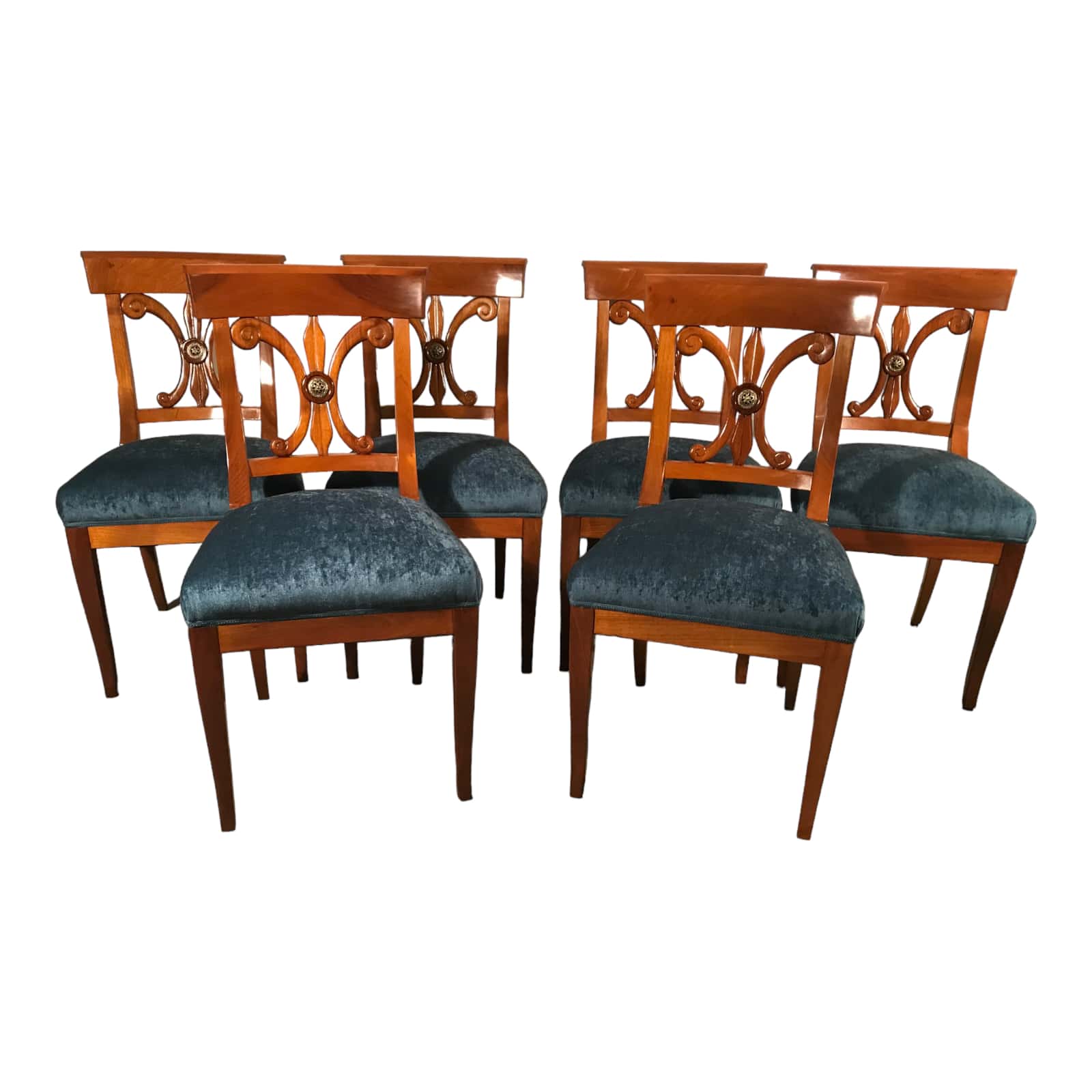

7. Art Nouveau Chairs (1890-1910)
Art Nouveau chairs reflect the organic and flowing forms of nature. These pieces often feature sinuous curves, floral patterns, and inlays of tropical woods or mother-of-pearl. The style marked a departure from historic revival styles, embracing a modern, artistic approach.
8. Art Deco Chairs (1920-1940)
Art Deco chairs embody the glamour and modernity of the early 20th century. This style is characterized by geometric shapes, bold lines, and luxurious materials such as tropical woods, chrome, and leather. Moreover, Art Deco chairs often feature symmetrical designs and intricate details like inlaid patterns or sleek lacquer finishes. Their blend of functionality and elegance makes them a timeless addition to contemporary and vintage-inspired interiors alike.
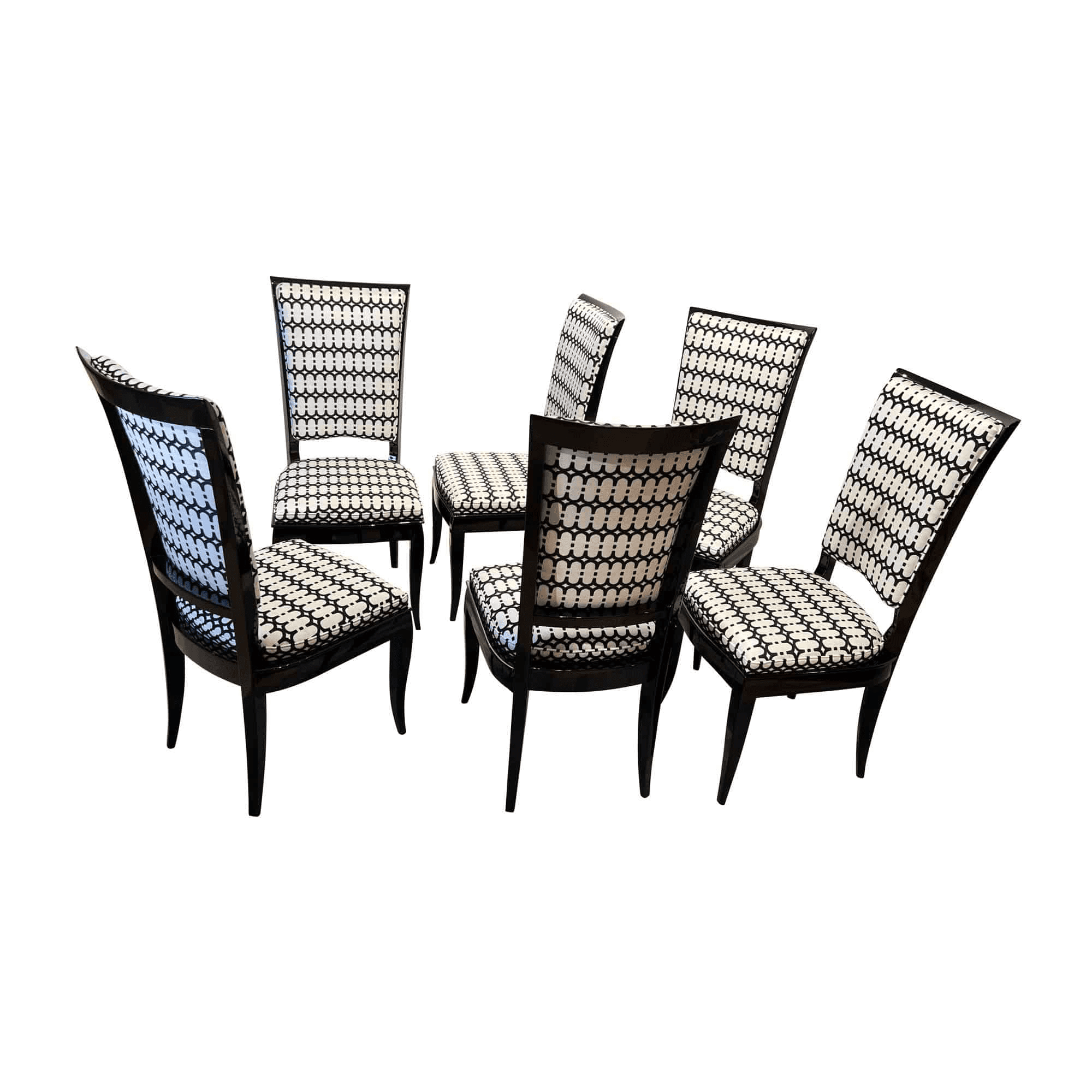

9. Mid-Century Modern Chairs (1940-1970)
Though relatively newer, Mid-Century Modern chairs are highly sought after by collectors. Designers like Eames, Hans Wegner, and Arne Jacobsen introduced sleek, functional designs made with innovative materials like molded plywood and fiberglass. Their minimalist aesthetic blends seamlessly with contemporary interiors.
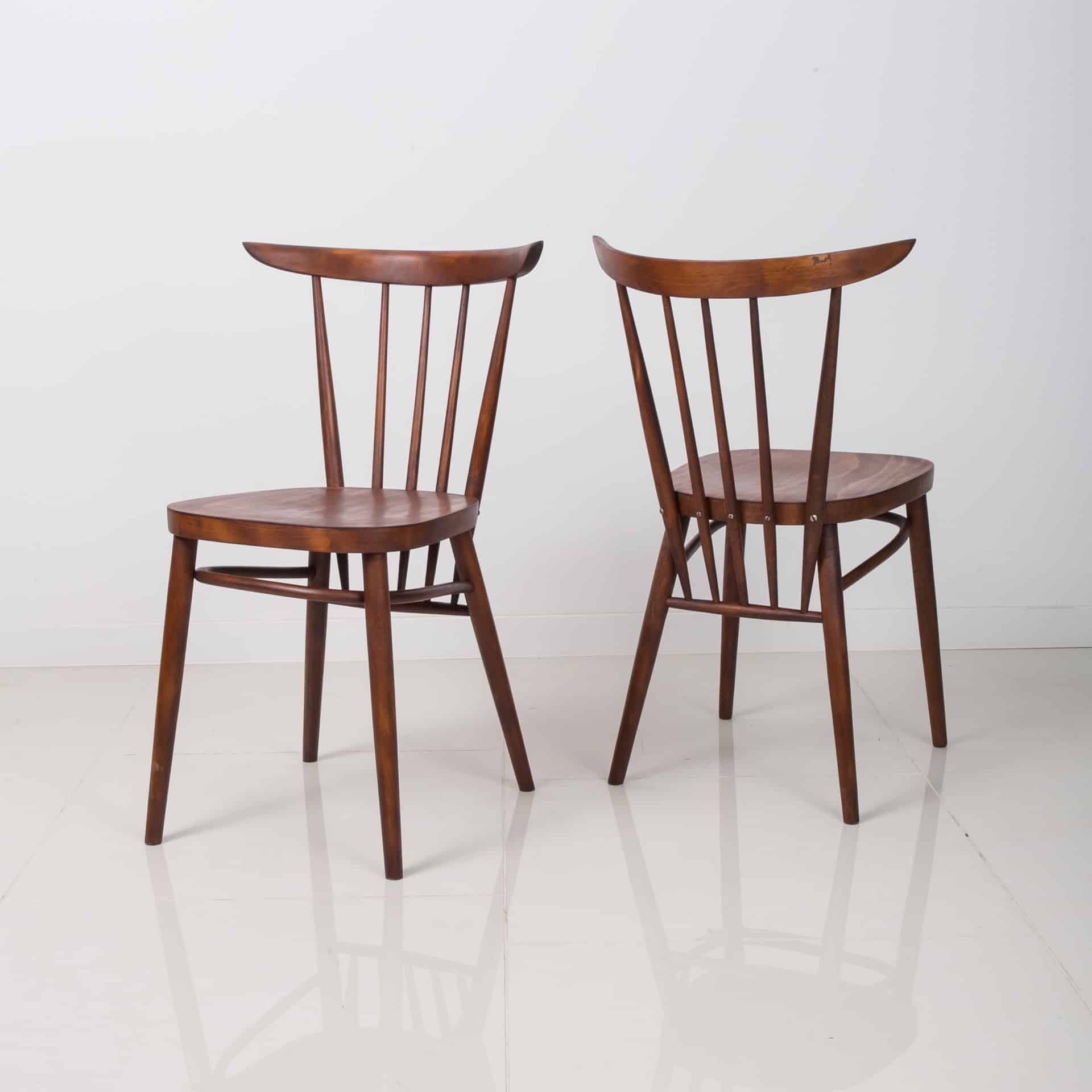

Why Invest in Antique Chairs?
1. Historical Significance
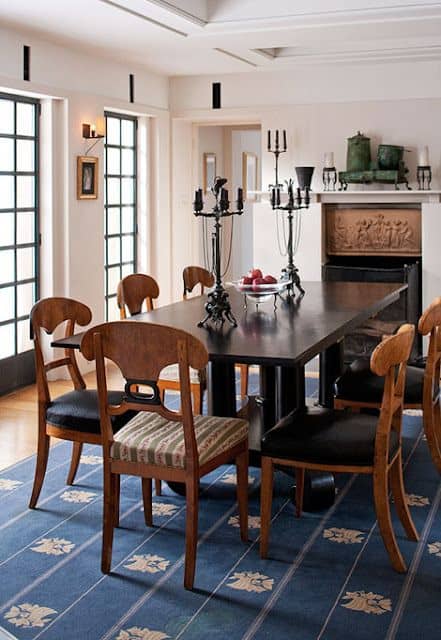

Owning an antique chair is like owning a piece of history. Each chair tells a story of its era, reflecting the cultural, artistic, and technological advancements of the time.
2. Exceptional Craftsmanship
Antique chairs were often handcrafted by skilled artisans, resulting in superior quality and attention to detail. Unlike modern mass-produced furniture, these pieces are built to last.
3. Sustainability
Buying antique chairs is an eco-friendly choice. By giving these pieces a new life, you reduce the demand for new furniture production and help preserve valuable resources.
4. Unique Aesthetic
Antique chairs bring a sense of individuality to your home. Their timeless beauty and distinctive designs set them apart from contemporary furniture.
How to Choose the Perfect Antique Chair
1. Consider Your Space
Before purchasing an antique chair, evaluate your space. A grand Baroque chair might overwhelm a small room, while a delicate Louis XVI chair could get lost in a large, open area.
2. Assess Condition
Inspect the chair for signs of damage or restoration. While some wear is expected, excessive repairs or replacement parts may affect its value. However, original upholstery and finishes often increase the chair’s desirability.
3. Research Provenance
Chairs with documented provenance—a history of ownership or origin—can be more valuable, but is very rare. Knowing the story behind your chair adds a layer of intrigue and authenticity.
4. Match Your Style
Choose a chair that complements your interior design. Whether you prefer the ornate details of Rococo or the clean lines of Mid-Century Modern, there’s an antique chair for every taste.
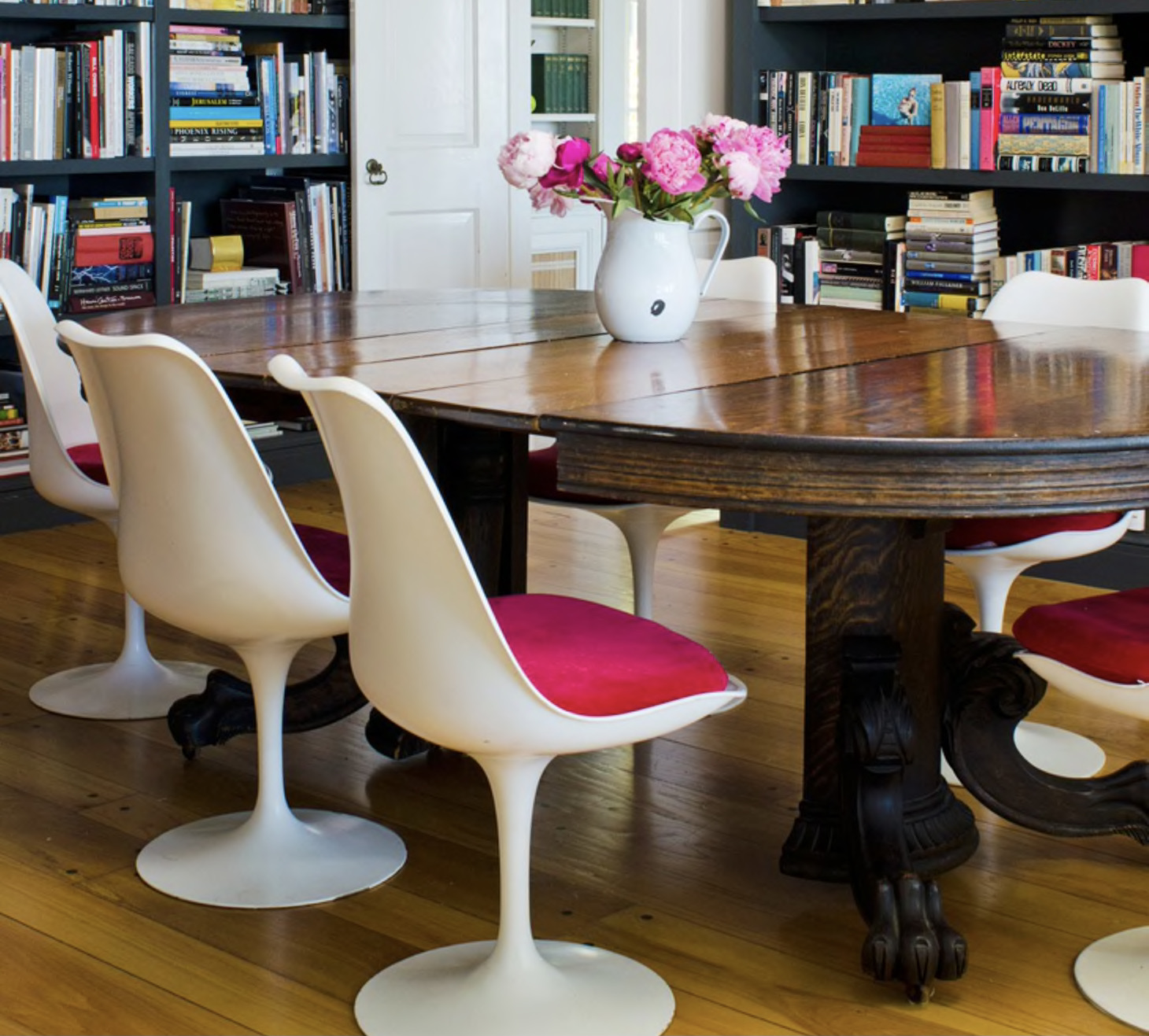

Caring for Antique Chairs
Proper care ensures the longevity of your antique chairs. Here are some tips:
- Avoid Direct Sunlight: Prolonged exposure to sunlight can fade wood finishes and upholstery.
- Use Gentle Cleaning Methods: Dust regularly with a soft cloth and use mild, wood-safe cleaners for occasional cleaning.
- Protect Upholstery: Keep fabrics clean and free from spills. Consider professional reupholstering if the original fabric is too fragile.
- Maintain Humidity Levels: Extreme humidity or dryness can damage wood and veneers. As a result, aim for a consistent indoor climate.
Where to Buy Antique Chairs
1. Antique Stores and Galleries
Brick-and-mortar stores often have a curated selection of antique chairs, allowing you to see and feel the pieces before purchasing.
2. Online Marketplaces
Reputable platforms like Styylish offer a wide range of antique chairs, complete with detailed descriptions and high-quality images. In addition, ensure you buy from trusted sellers to guarantee authenticity.
Conclusion
Antique chairs are more than just furniture; they are works of art that bring history and elegance into your home. From the grandeur of Baroque to the sleek lines of Mid-Century Modern, there’s an antique chair to suit every taste and style. By investing in these timeless pieces, you not only enrich your living space but also preserve a piece of history for generations to come.
Whether you’re starting a collection or searching for the perfect statement piece, antique chairs are a valuable and sustainable choice. Explore their rich variety and find the one that speaks to you – after all, every chair has a story to tell.


